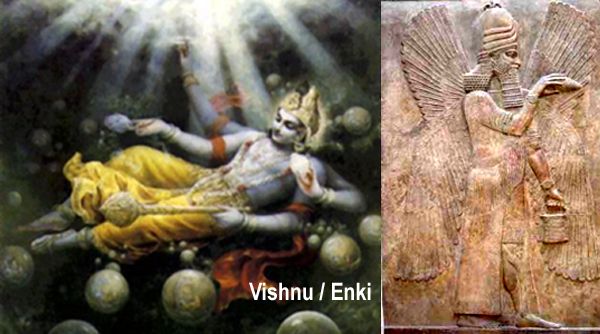

They are universal symbols of renewal and rebirth because of their unique ability to shed their old skin for new. In mythology, serpents are powerful, magical, and mystical creatures. Gnostic teachings identify Jesus with the serpent in Eden because they were both condemned for giving humans more godlike status. Gnosticism, a dualistic sect, considered the serpent as the Son of Man, the Savior himself, who initiates humankind into consciousness and raises them up out of a primitive, nature-identified unconsciousness. In the New Testament, Jesus acknowledged the wisdom of the serpent in his statement “Be ye therefore wise as serpents and harmless as doves” (Matthew 10:16). But the seraphim know that God does not wish to do so, and so they take the tablets and burn them. Satan gives the tablets to the seraphim to take to God so that God will destroy Israel. Every day Satan sits down with Samael, prince of Rome, and Dubbiel, prince of Persia, to write down the sins of Israel on tablets. Deuteronomy 8:15 refers to the “fiery serpents” and scorpions in the land of Egypt.ģ Enoch, one of the most important works in the pseudepigrapha, says that the seraphim are so named because they burn the tablets of Satan. Moses made a bronze serpent, which may have been a representation of a seraph angel. Whoever was bitten by it, when he looked upon it, would live.

After Moses prayed for forgiveness, he was instructed to set a fiery serpent atop a pole. Numbers 21:6–8 refers to fiery serpents sent by the Lord to bite and kill sinning Israelites. In the Old Testament, the term saraf is applied to fiery serpents. The seraphim who became angels in lore perhaps originally had serpent forms with human characteristics. They protected by spitting their poison or fire. Uraei without wings and with two or four wings were depicted in iconography throughout the Near East. The seraphim may have evolved from the uraeus, the gold serpent (specifically a cobra) worn by Egyptian pharaohs on their foreheads. Their name is thought to be derived from the Hebrew verb saraf, which means to “burn,” “incinerate,” or “destroy” and probably refers to the ability of seraphim to destroy by burning. Dragons also became symbols of evil and the Devil.Īt the opposite end, the highest-ranking order of Angels, the seraphim, have serpent associations. In Christian art and literature, the Devil took on snakelike and reptilian features, such as scaly skin, a forked tongue, and a long tail. The serpent later symbolized lies, treachery, and evil, serving as the inspiration for the forked tongue and serpent-tailed representations of the Devil. Genesis does not equate the serpent with the Devil or Satan the associations were made later by early church fathers, such as Justin Martyr and Tertullian. But his envy of humans, which was the evil within him, caused him to bring about the Fall. He was created by God to be king of all creatures and eat the same food as humans. In some older Jewish legends, the Genesis serpent is a tall, extremely intelligent creature with human arms and legs. The serpent talks to Eve and exhibits intelligence and wile.

Some illustrations of the serpent, in Eden, depict a reptilian-humanoid being. Genesis does not give an exact description. The appearance of the biblical serpent is controversial. Angry, God casts them out of the Garden of Eden and condemns the serpent to travel upon its belly. The book of Genesis tells how a clever talking serpent convinces Eve to eat forbidden fruit from the Tree of Knowledge. In yoga, the kundalini, the energy of enlightenment, is likened to a coiled serpent that sleeps at the base of the spine and rises to the crown of the head when awakened by spiritual study and discipline. The Nagas of Vedic lore are human/serpent beings who possess a high level of wisdom. Athena, the Greek goddess of wisdom, has a serpent on her shield. Hermes, the Greek god of learning and magic, carries a caduceus wand entwined by two serpents. Asklepios, the Greek god of healing, has a totemic serpent entwined on a staff. The “Rainbow Serpent” in Australian mythology is a creator deity. The Aztecs’ Quetzacoatl is the “Plumed Serpent” and is prophesied to return as a great teacher.

Numerous deities have been associated with serpents. Although negative associations exist, the serpent is predominantly associated with wisdom, enlightenment, immortality, healing, renewal, magic, and the guardianship of hidden treasure. The serpent is one of the oldest, most universal, and most revered symbols in mythology. The serpent is a favourite shape-shifted form of the Devil and the Djinn. Ancient symbol of wisdom and fertility, but in Christianity turned into a symbol of evil, the Devil, and Satan.


 0 kommentar(er)
0 kommentar(er)
